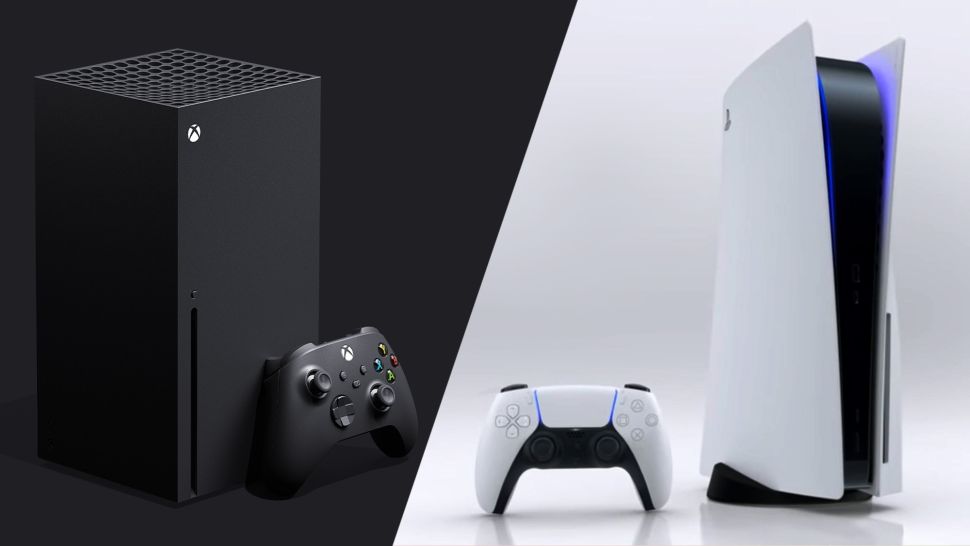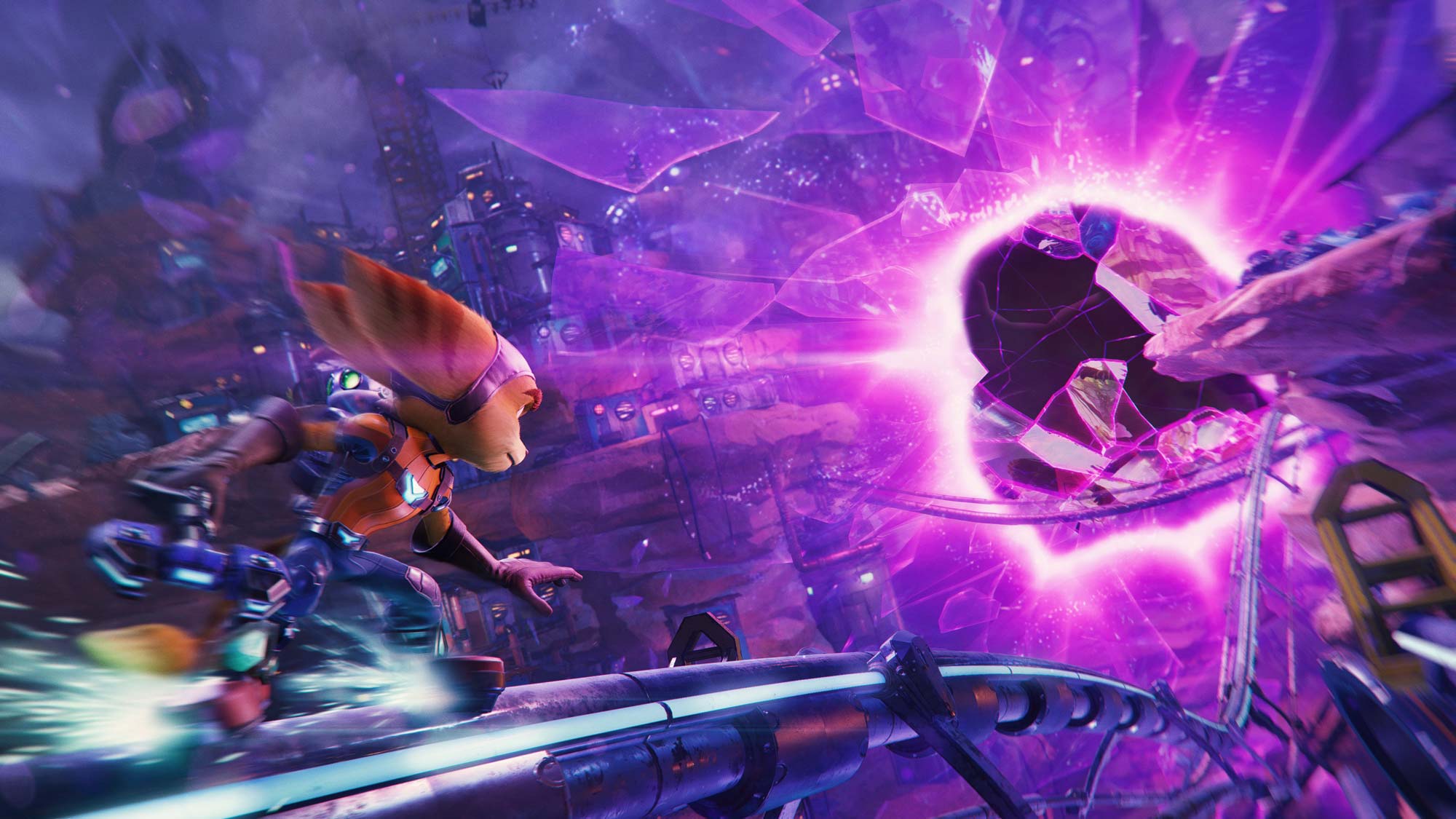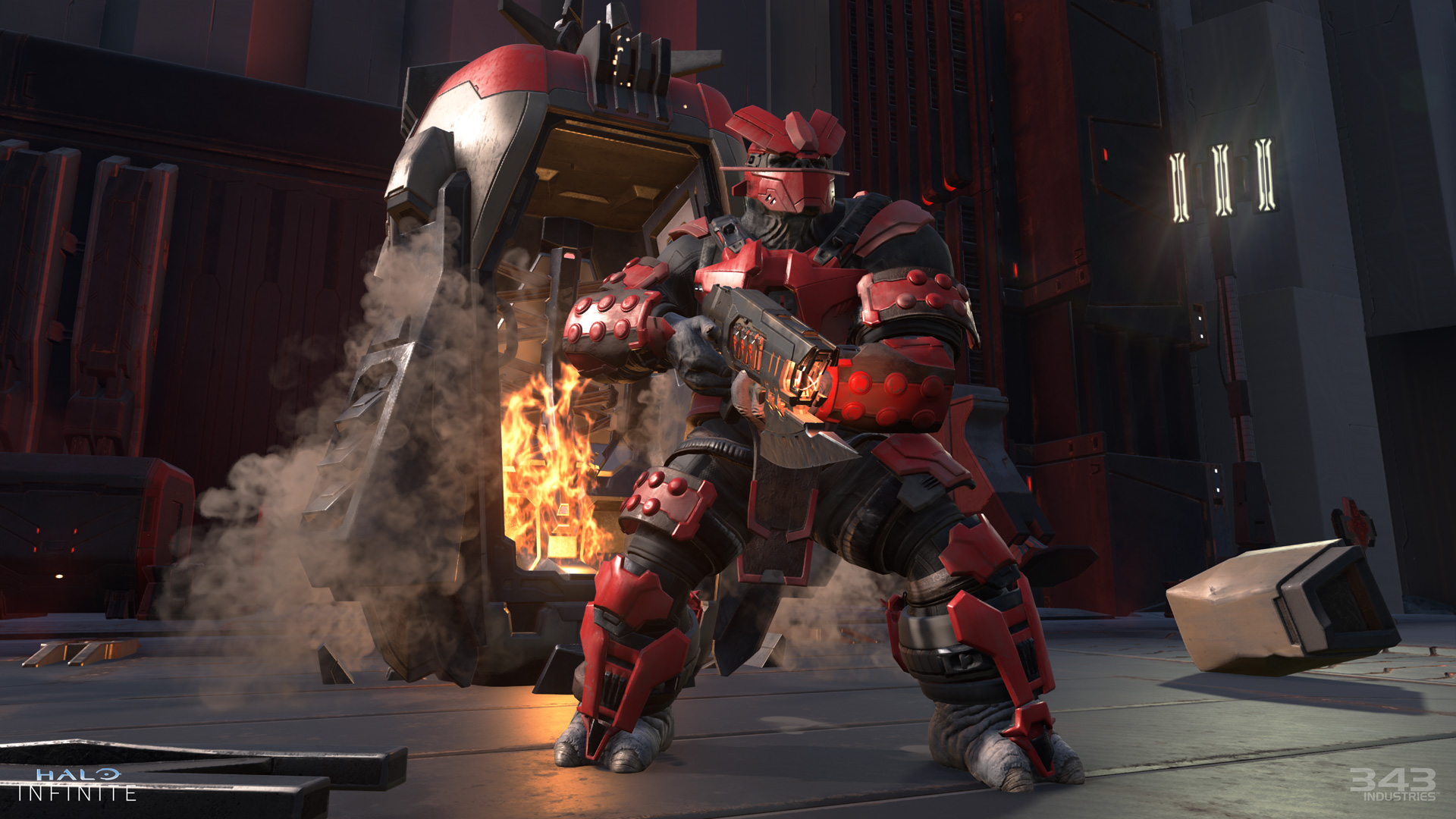PS5 is becoming a must-have console — and Xbox Series X isn't
The PS5's focus on exclusivity may work in its favor

In June, we saw the PS5’s first-party game lineup for the first time. This week, Microsoft put on a similar livestream for the Xbox Series X. Both companies showed off exclusive titles, both companies demonstrated how third-party games will perform on their new consoles, and both companies detailed why their particular next-gen hardware could be the next step in the evolution of gaming.
Sony’s livestream was ambitious, informative and occasionally delightful. Microsoft’s, on the other hand, was just fine.
- PS5 vs. Xbox Series X: Specs, price, exclusives and more
- All of the big PS5 games to watch
- Just in: Xbox Series X white controller leaked — could Series S be next?
While the success of the PS5 and the Xbox Series X ultimately won’t hinge on a single summer livestream, Sony seems poised to have a much stronger next-gen console launch than its American competitor. The reason why is simple: Sony demonstrated what the PS5 can do that current-gen technology absolutely, positively cannot.
Where Sony succeeded

In case the whole summer has been a blur to you (welcome to the club), Sony debuted a number of first-party PS5 titles back on June 11 in a livestream entitled “PS5: The Future of Gaming.” Sony showed off about 25 new games, many of which will be exclusive to the PS5 — or at least not available on the Xbox Series X. Highlights included Spider-Man: Miles Morales, Ratchet & Clank: Rift Apart and Horizon Forbidden West. Those three games — among others — represent the latest entries in beloved franchises, and will be available only on the PS5.
I wrote a whole separate article on why Ratchet & Clank: Rift Apart was easily the most important game that Sony showed off, but it’s an excellent microcosm of why Sony’s whole presentation worked so well. First off, Rift Apart showed us something that Sony could not have pulled off on the PS4.
In both the gameplay trailer and the “live” demo (it was prerecorded, but we’ll let that slide), we saw Ratchet and Clank dive through dimensional rifts and emerge in completely different, fully loaded levels just seconds later. This is a function of the PS5’s powerful SSD, and demonstrates a variety of console-exclusive perks, all at the same time. The PS5 will let you play Ratchet & Clank games; the PS5 will load entire levels in seconds; the PS5 will have fun, colorful games with great graphics.
While we could debate the merits of game exclusivity all day (I’m personally against it), Sony has leveraged exclusive games in a way that makes the PS5 look very appealing. It gives buying the console a sense of urgency, as well as an implicit promise: “If you get a PS5, you will enjoy games that you can’t play anywhere else.” I’m not about to pre-order a PS5, but that’s at least partially because Ratchet & Clank isn’t a launch title.
Why Microsoft fell short

Compare and contrast Microsoft’s Xbox Series X presentation on July 23. From the perspective of showing off interesting games, I don’t think Microsoft did any worse than Sony. We saw about 20 new titles, including a deep dive on Halo Infinite’s campaign. The open-world gameplay looks promising, and the movement and shooting mechanics look as refined as ever. As a reason to get excited about next-gen titles go, Halo Infinite is as good as any.
However, Microsoft’s greatest next-gen strength is also a weakness in this case: None of the games on display require an Xbox Series X to play. On the one hand, this is a good thing, as it means we can focus exclusively on Microsoft’s games without having to worry about the platform on which we’ll play them. On the other hand, the purpose of these livestreams was to build excitement for the next-gen consoles. Sony’s did, by promising exclusivity; Microsoft’s didn’t, for precisely the opposite reason.
Halo Infinite was probably the deepest dive we got on an Xbox Series X title, and most of what we saw in the demo would have worked almost as well on an Xbox One or a moderately powerful gaming PC. The draw distance was probably the most notable next-gen advancement, as distant objects rendered instantaneously, and with detailed textures. It’s an impressive aesthetic development, and could have some marginal gameplay benefits on big battlefields. But it didn’t do much to demonstrate that an Xbox Series X is absolutely necessity, even for Halo Infinite itself.
I wrote a separate piece to explain why I have no problem with Microsoft’s strategy. The idea that the Xbox Series X is there in case I ever want it in the future is reassuring, as is the idea that I can play whatever I want on the PC and the Xbox One in the meantime. (Well, almost anything. A recent Xbox Wire post clarifies that games like Forza and Fable won’t be available on the Xbox One).
On the other hand, there is something a little bit anticlimactic about a presentation that says “Here are some great games, which are extremely similar to all the games you can already play.” Sony’s “PS5 or bust” approach is going to cause a lot of wailing and gnashing of teeth when fans realize they have to cough up $500 (our best guess) plus another $60 (or $70!) for individual games, but at least there’s a sense that the money is going toward an experience they couldn’t have otherwise.
In any case, I don’t meant to sound overly critical of Microsoft. There was certainly nothing wrong with the Xbox July showcase, and I enjoyed the mix of gameplay demos, trailers and developer deep dives. I hope that Microsoft has at least one more similar showcase before the end of the year, whether it’s to show off hardware, or additional games, or even proprietary services, like Xbox Game Pass and Project xCloud streaming (the latter of which could be Microsoft’s secret weapon in the next console war).
For the moment, the PS5 and Xbox Series X livestreams are here to highlight next-gen experiences, and only Sony fully delivered on that expectation. It’s still anyone’s ballgame, though —and once we learn about the systems’ prices and release dates, a whole new round of debates will begin.
Sign up to get the BEST of Tom's Guide direct to your inbox.
Get instant access to breaking news, the hottest reviews, great deals and helpful tips.
Marshall Honorof is a senior editor for Tom's Guide, overseeing the site's coverage of gaming hardware and software. He comes from a science writing background, having studied paleomammalogy, biological anthropology, and the history of science and technology. After hours, you can find him practicing taekwondo or doing deep dives on classic sci-fi.

